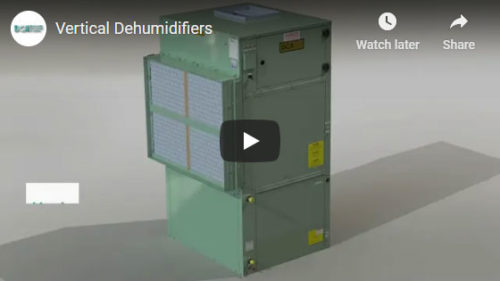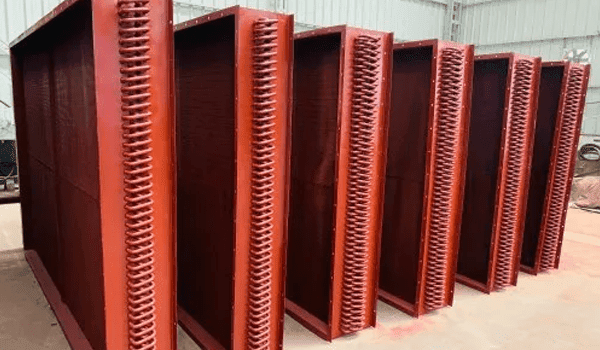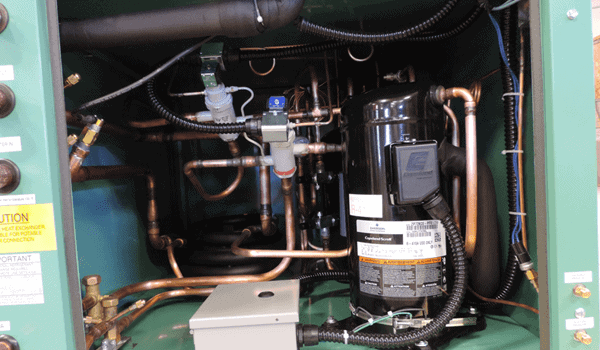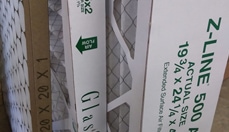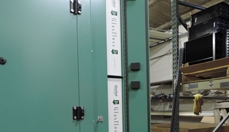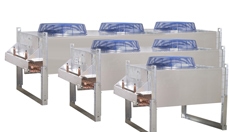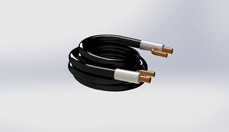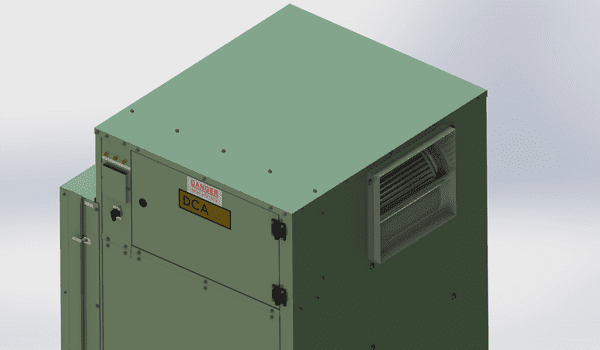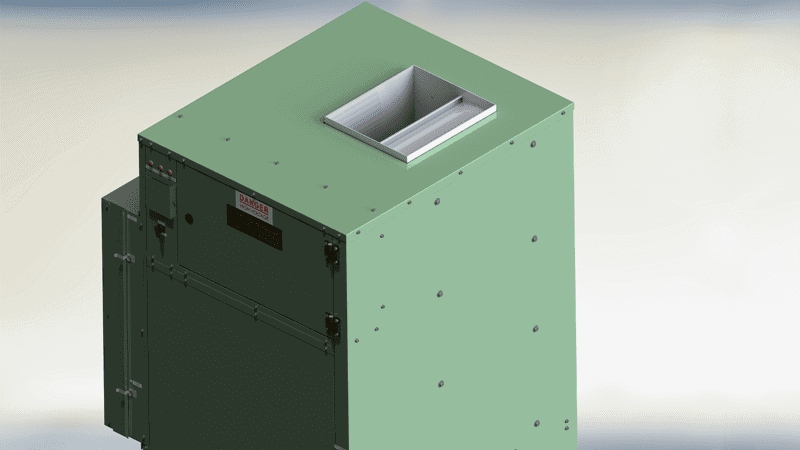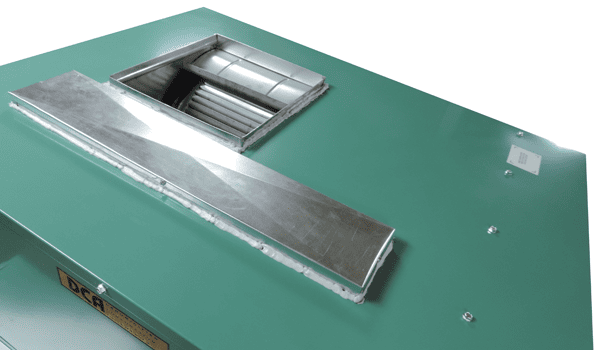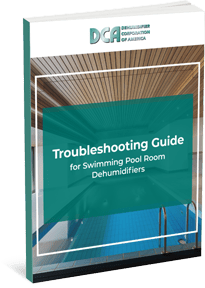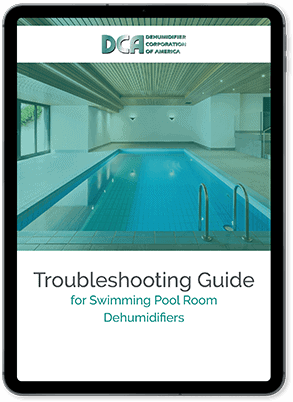Vertical Dehumidifiers and Their Applications
Vertical units are only used for indoor applications. Nevertheless, they are an ideal choice for a wide variety of scenarios, such as:
- Schools and universities. Facility managers for schools, colleges, and universities have a lot on their plate. They often need easily maintained and cost-effective building systems that can maintain comfortable temperatures and a high level of air quality. Vertical dehumidifiers fit this bill exactly. They are suitable for classrooms, athletic therapy pool rooms, and storage rooms.
- Hospitals and other medical facilities. Comfortable indoor temperatures and pristine air quality are essential aspects of good medical facility management.
- Hotels and motels. Customer satisfaction is a huge priority for leaders in the hospitality industry. Vertical dehumidifiers promote a healthy and comfortable living environment for valued guests while meeting or exceeding all relevant building codes.
- Office buildings. Office workers typically spend significant time at work, so it’s important to productivity to provide an environment that features comfortable temperature levels and exceptional air quality.
- Restaurants. A vertical dehumidifier can help safeguard food and drink from mold or mildew caused by excess environmental moisture and can also help promote a comfortable experience for diners.
In terms of practical considerations, vertical dehumidifiers are usually installed when floor space is limited and there is adequate head space for a tall mechanical structure. The head space should include sufficient height to accommodate the duct system and any additional components required, such as duct heaters. Additionally, there should be enough space around the dehumidifier for maintenance workers to safely gain access to necessary systems. The air discharge system can be either top or horizontally-oriented, and the return system can be placed on either the right or the left side of the unit.
Advantages of a Vertical Dehumidifier
As with any dehumidifier, a vertical dehumidifier offers a number of benefits, including:
- Increased comfort level
- Damage prevention from mold, mildew, or other moisture-related issues
- A higher level of air quality, including the elimination of many allergens
Dehumidification systems also protect ductwork surfaces from condensation in sections of the building not exposed to regular air conditioning. Vertical dehumidifiers, in particular, have the advantage of requiring only a small footprint on the floor.
DCA Vertical Dehumidifiers
At DCA, we manufacture dehumidifiers for applications that require vertical air flow through the system. Our units safely and easily accommodate existing duct work, and can fit into mechanical rooms with limited space.
Vertical dehumidifiers may offer limited service and maintenance access, so it’s important to factor in all design and practical considerations when making your selection. Top versus horizontal air discharge and right versus left-hand return must also be determined during the selection process, since these are not field-convertible features. Moreover, any additional outdoor air duct work needed must be taken into account as well.
DCA offers an extensive selection of models, from 1.5 nominal tons (650 cfm) to 8.0 nominal tons (3600 cfm) in order to meet the requirements of nearly any application.
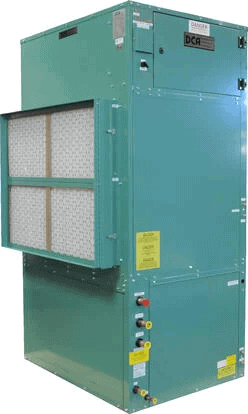
At the Dehumidifier Corporation of America, we can help in the decision-making process. We will guide you to the best choice between a horizontal and a vertical dehumidifier, and also give some practical advice on how you can incorporate the unit with your existing equipment. To learn more, explore our catalog, or reach out to us today!


